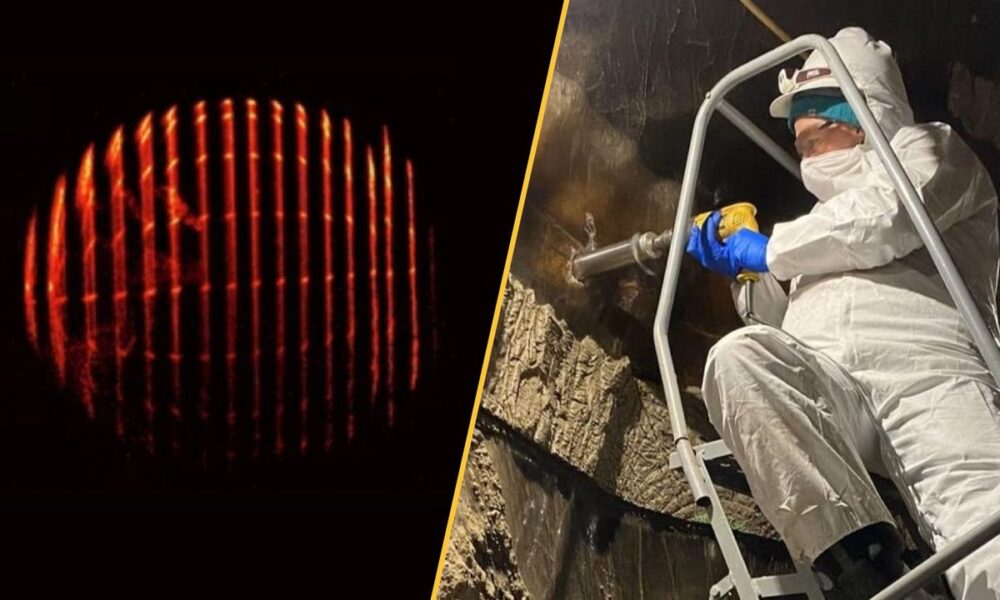Recent scientific discoveries have highlighted both alarming climate challenges and remarkable cosmic phenomena. Research revealed that microbes previously frozen in the Alaskan permafrost for up to 40,000 years have reawakened, beginning to release carbon dioxide (CO2) into the atmosphere. This development raises concerns about a potential climate feedback loop, where global warming causes permafrost to thaw, releasing these dormant microbes and further accelerating climate change.
In 2024, CO2 levels in Earth’s atmosphere reached record highs. This surge is attributed to escalating fossil fuel consumption, increased wildfires, and diminished absorption by carbon sinks. The implications of these findings are grave, as the unprecedented warming could instigate additional climate feedback mechanisms. Notably, researchers reported on increasing methane emissions from beneath the Antarctic Ocean. Methane, a greenhouse gas significantly more potent than CO2 in the short term, poses risks of severe weather events and environmental disruptions.
New Insights into Relativity and Cosmic Phenomena
In an exciting development in physics, scientists have successfully simulated the Terrell-Penrose effect, an optical illusion related to objects moving at near-light speeds. Using advanced laser technology and innovative camera techniques, researchers illustrated how an object traveling at 99.9% the speed of light would appear. Contrary to Einstein’s theory of special relativity, which states that an object should appear squashed in its direction of motion, the simulation revealed that light’s varying travel times lead to a partial rotation effect for observers.
While the object itself did not reach light speed, the experiment provided a striking visualization of this phenomenon, enhancing our understanding of relativistic effects on perception.
In a separate astronomical breakthrough, the James Webb Space Telescope (JWST) captured unprecedented images of the black hole M87*, the first black hole ever directly imaged. These images reveal dual jets of material ejected at nearly the speed of light. The detailed observations could significantly enhance astrophysical research, allowing scientists to study how such jets interact with their surroundings and influence the cosmos.
Advancements in Cancer Detection and Environmental Awareness
In medical news, advancements in blood testing technologies, particularly liquid biopsies, are proving transformative for early cancer detection. The Shield test, which helped identify colon cancer in John Gormly at stage two, is part of a growing trend in diagnostics that promises to detect cancer more efficiently. As liquid biopsy techniques evolve, they may accelerate early detection and improve treatment outcomes.
Environmental awareness continues to gain traction as well. A haunting photograph of a rare brown hyena, taken by Wim van den Heever, won the 2025 Wildlife Photographer of the Year award. The image, captured in a ghost town in Namibia, highlights the delicate balance between wildlife and human encroachment, reminding us of the importance of conservation efforts.
As the scientific community continues to unveil these findings, the interconnectedness of climate change, cosmic understanding, and medical advancements becomes increasingly clear. The implications of these discoveries will likely resonate across various sectors, influencing environmental policies, scientific research, and public health initiatives in the coming years.







